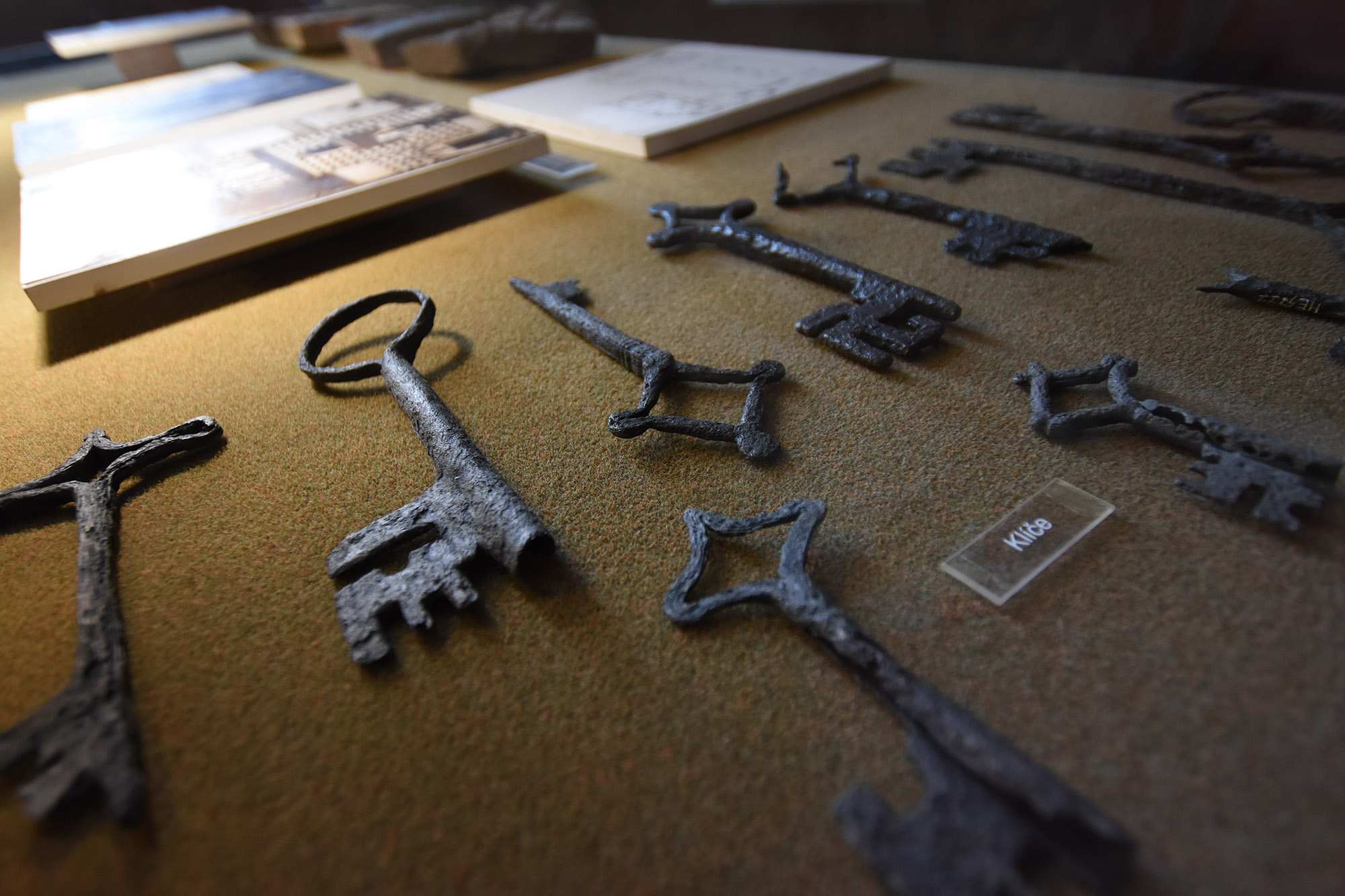Písek Through History
The castle and town of Písek, situated on the banks of the Otava River, were founded by Bohemian kings in the mid-13th century. The first recorded mention of the town dates back to 1243. Písek derives its name (písek = sand) from the river sand that once contained gold. Thanks to gold mining, along with thriving trade and manufacturing, the town quickly flourished and enjoyed the favor of rulers such as Přemysl Otakar II, Charles IV, and Wenceslas IV, all of whom were frequent visitors. By the 14th century, Písek had become the center of the vast Prácheň Region.
In the early 15th century, the town played a significant role in the Hussite Wars. Although the post-war period was generally prosperous, the onset of the Thirty Years' War proved disastrous for Písek. The town was captured three times, the final and most devastating attack occurring on September 30, 1620, when imperial forces completely destroyed it, leading to the loss of a large portion of its population.
Recovery was slow and frequently hindered by fires, epidemics, and passing armies, including those in 1741–1742. However, the 19th century marked a transformative period for Písek. The town expanded beyond its medieval walls, entire streets of rental houses sprang up on the outskirts, the Czech language once again became dominant in the town hall, and cultural institutions and clubs began to thrive.
Today, Písek is known as a town of students and retirees, as well as a hub for violinists. Surrounded by forests, it has become a popular summer resort and a favorite destination for visitors.

